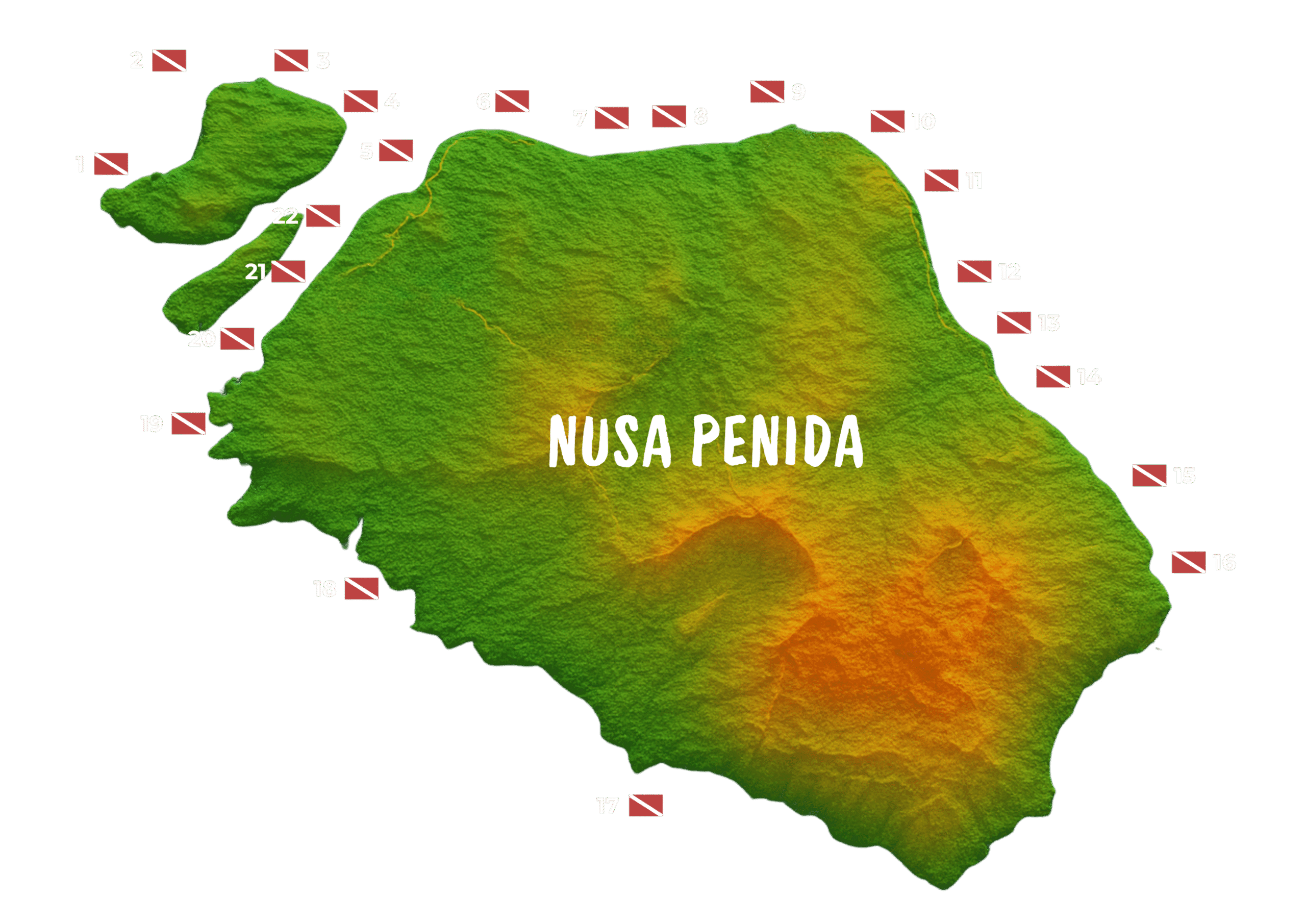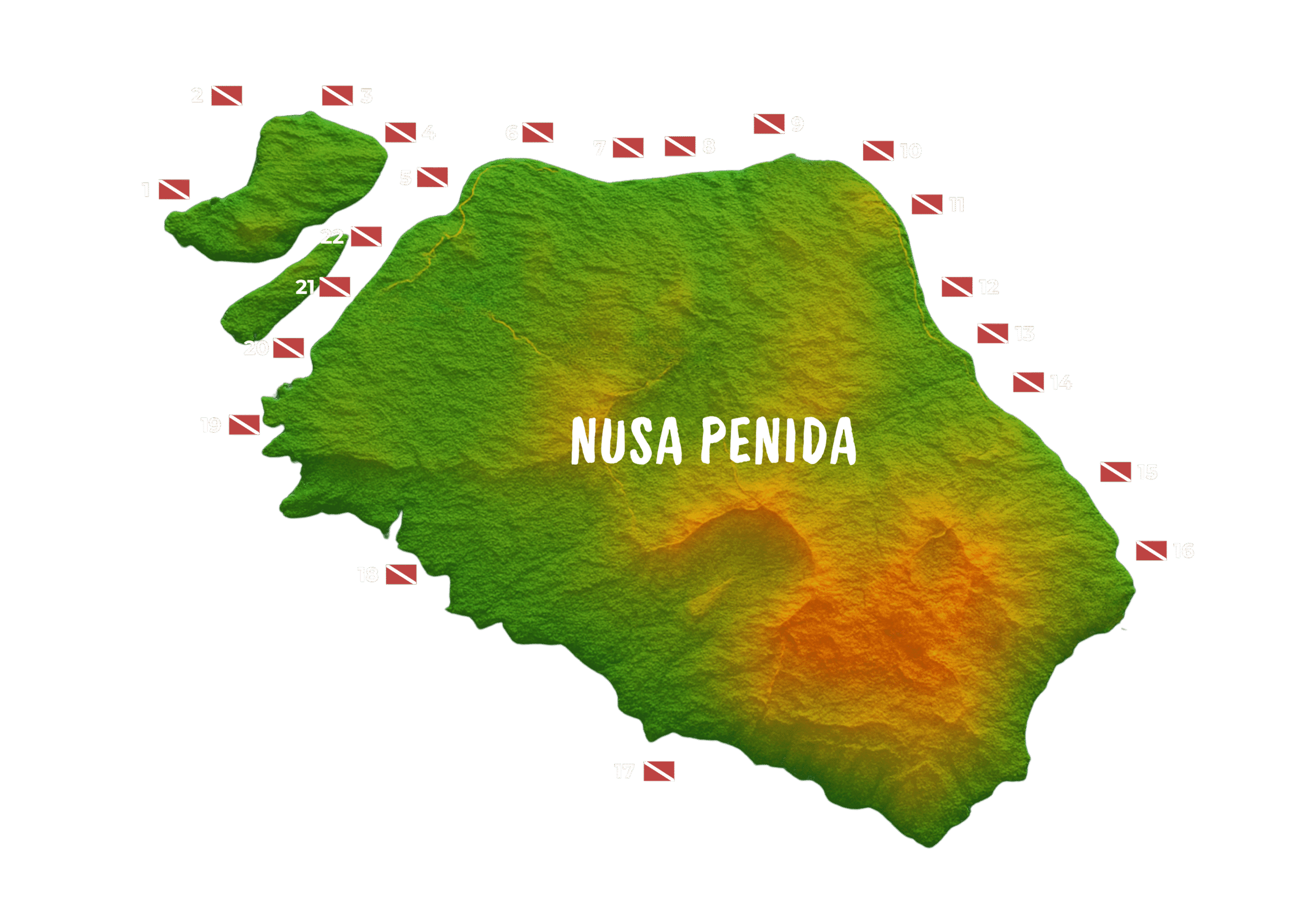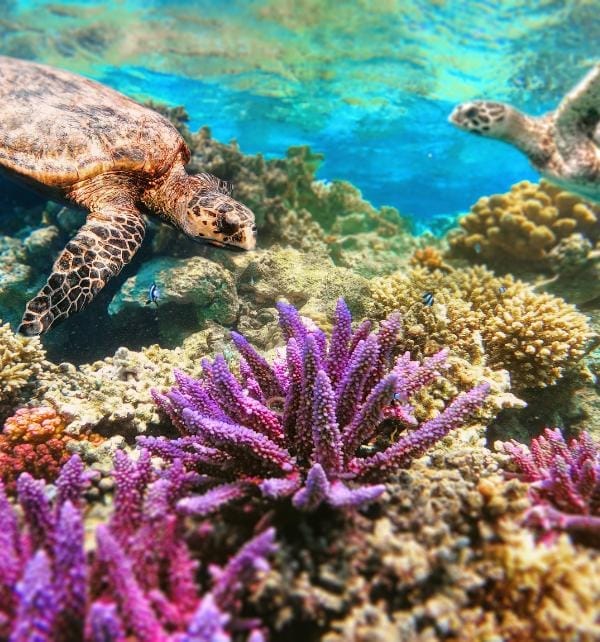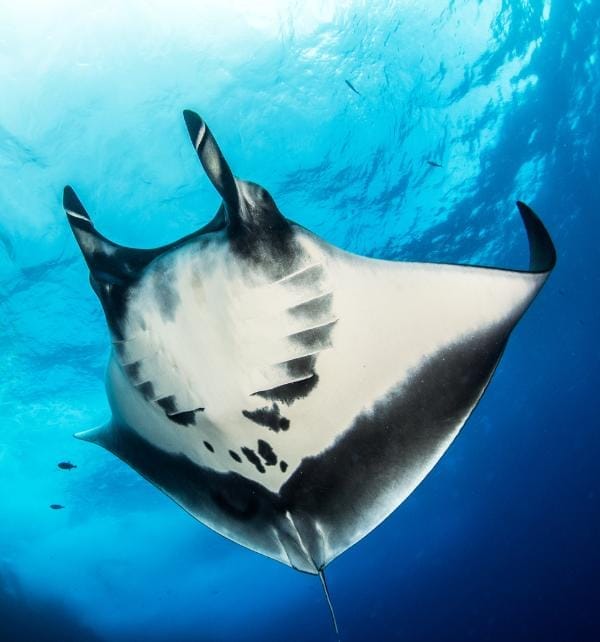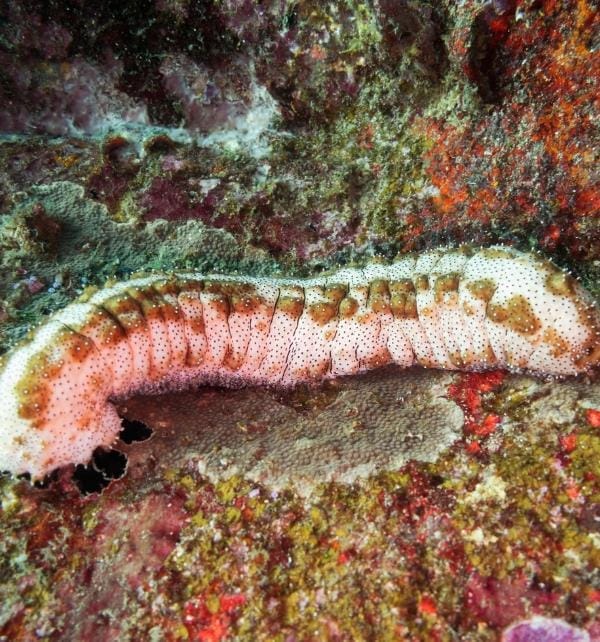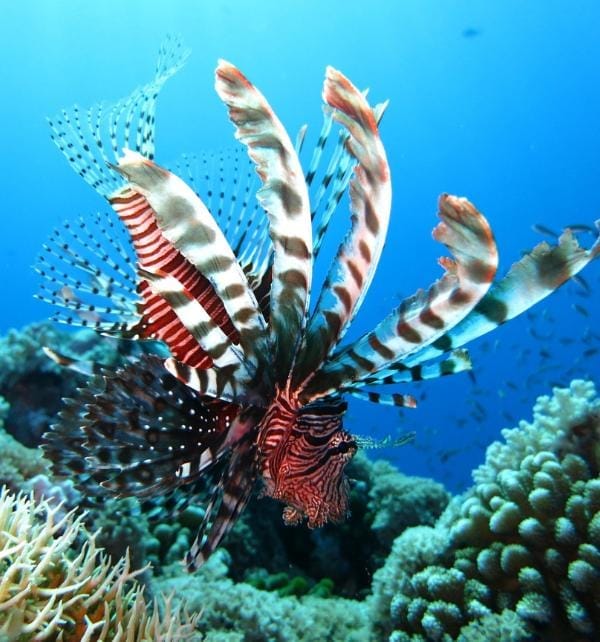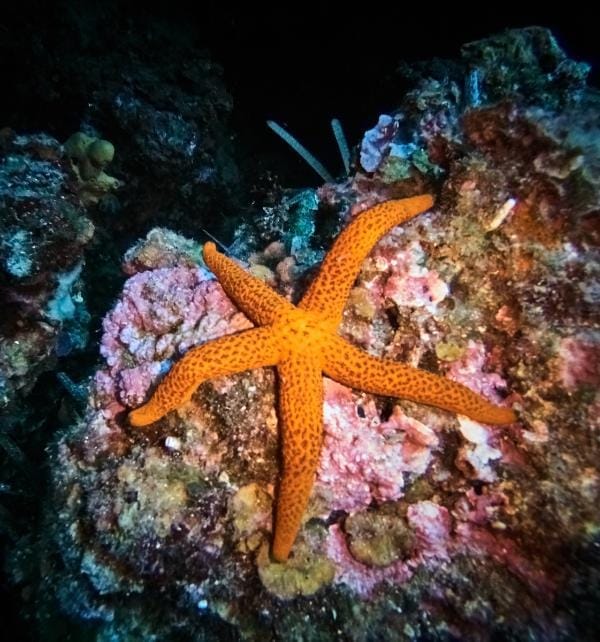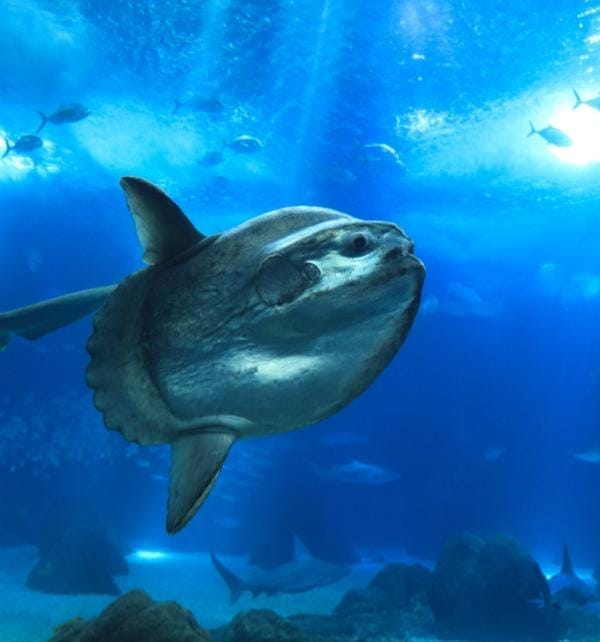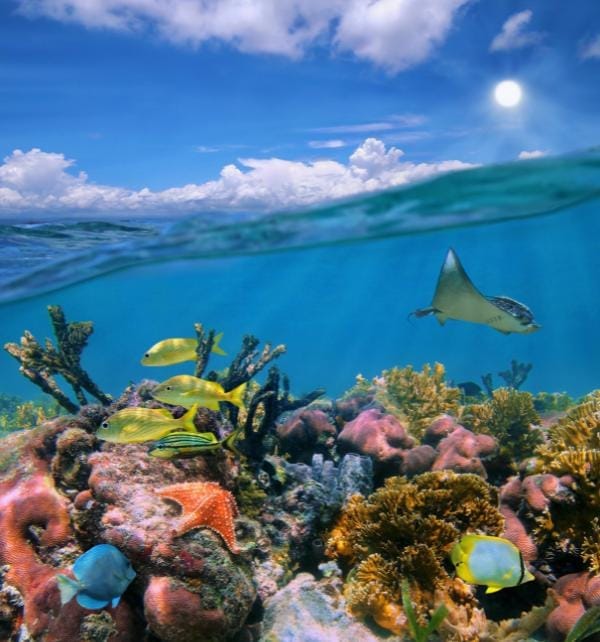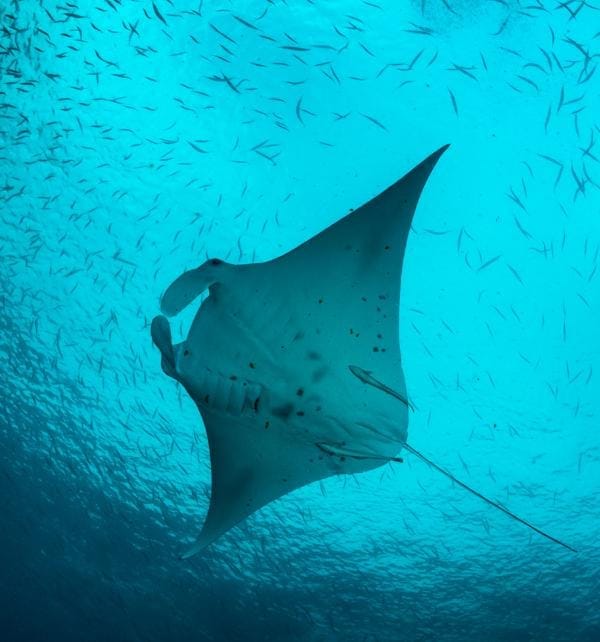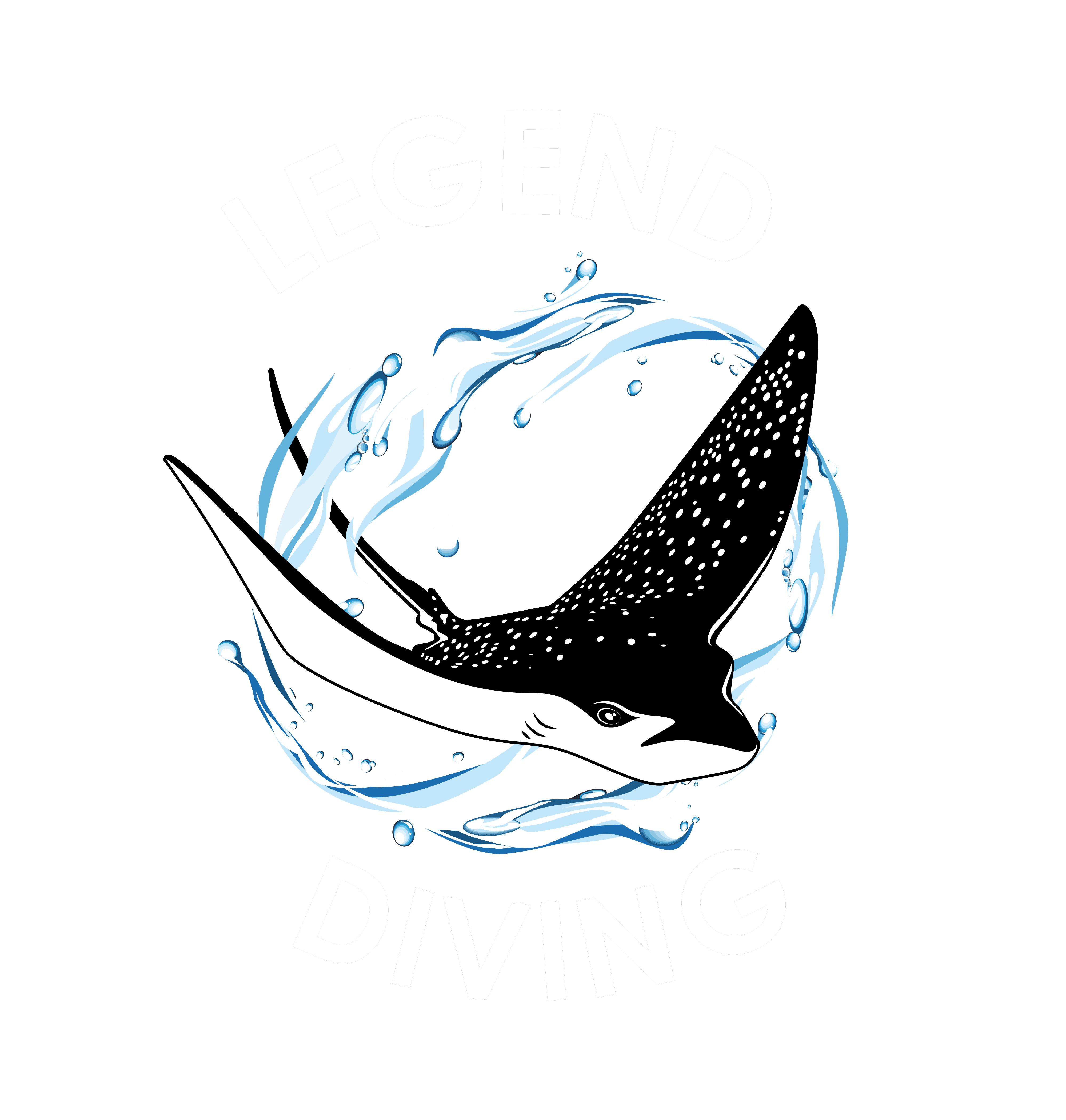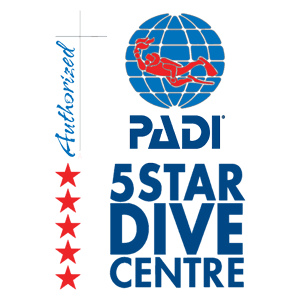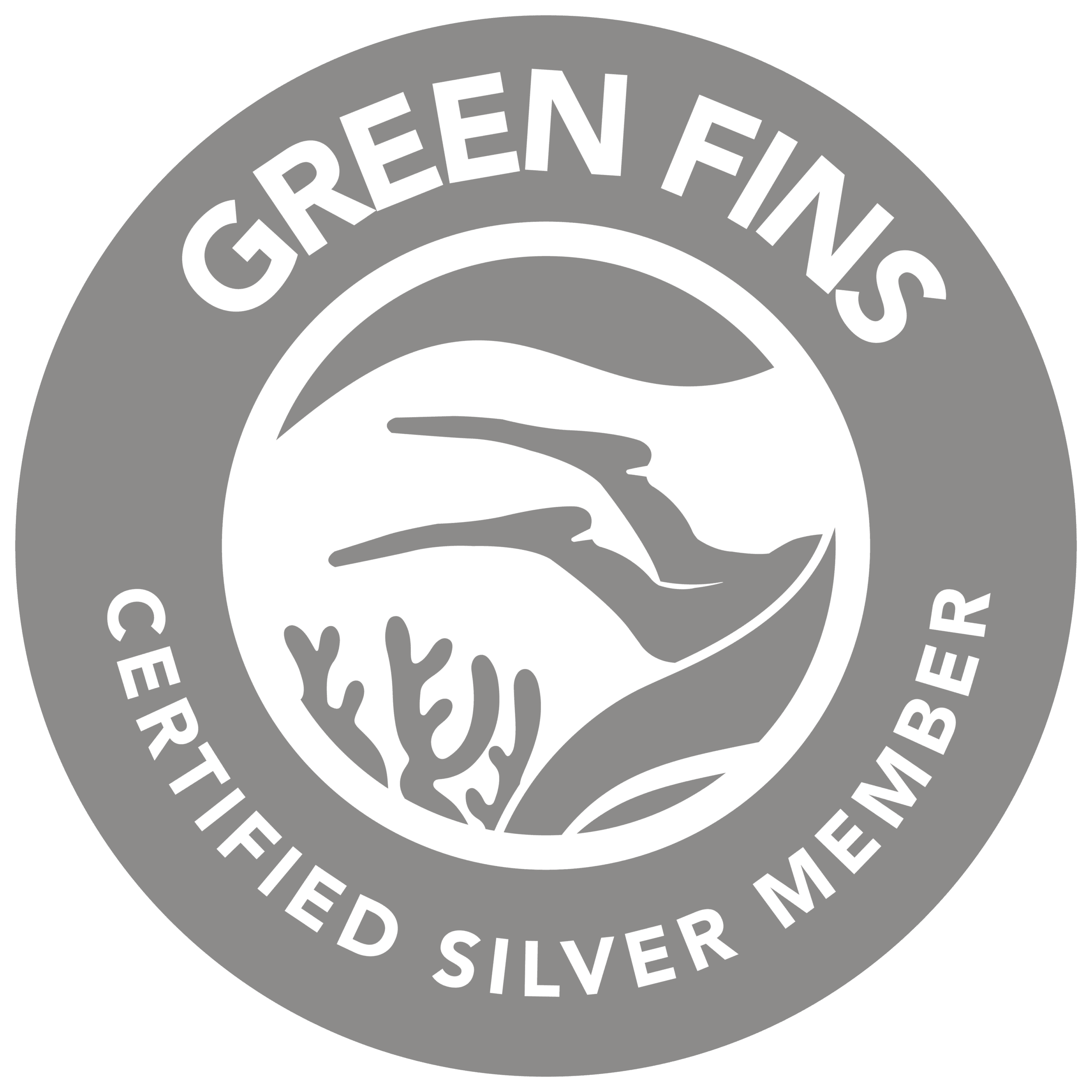
Best Season for Diving in Nusa Penida
One of the wonderful things about diving in Nusa Penida, much like in Bali, is that there isn’t really a “best” season; diving conditions are generally excellent throughout the year.
However, during the rainy season, particularly during the first rains (December and January), diving can be a bit less enjoyable. Visibility may fluctuate significantly from day to day, but diving is still very much an option.
If your target is to spot Mola mola, then we suggest July, August and September as prime months to encounter those incredible creatures. Interestingly, that’s also when the water tends to be the coldest.
Ultimately, we believe the best time to dive is whenever you feel like it, we are open all year round and for a good reason!

Best Season for Diving in Nusa Penida
One of the wonderful things about diving in Nusa Penida, much like in Bali, is that there isn’t really a “best” season; diving conditions are generally excellent throughout the year.
However, during the rainy season, particularly during the first rains (December and January), diving can be a bit less enjoyable. Visibility may fluctuate significantly from day to day, but diving is still very much an option.
If your target is to spot Mola mola, then we suggest July, August and September as prime months to encounter those incredible creatures. Interestingly, that’s also when the water tends to be the coldest.
Ultimately, we believe the best time to dive is whenever you feel like it, we are open all year round and for a good reason!
Nusa Penida’s Stress-Free Escapes, Fun Dives, and Accommodations
Nusa Penida’s Stress-Free Escapes, Fun Dives, and Accommodations
Experience a hassle-free diving journey with Legend Diving at Nusa Penida. We offer quick boat rides, various accommodation choices, exciting dives with Mantas and Molas, along with snorkeling and Discover Scuba Diving programs.
Nusa Lembongan’s Stress-Free Escapes, Fun Dives, and Accommodations
Nusa Penida’s Stress-Free Escapes, Fun Dives, and Accommodations
Experience a hassle-free diving journey with Legend Diving at Nusa Penida. We offer quick boat rides, various accommodation choices, exciting dives with Mantas and Molas, along with snorkeling and Discover Scuba Diving programs.

